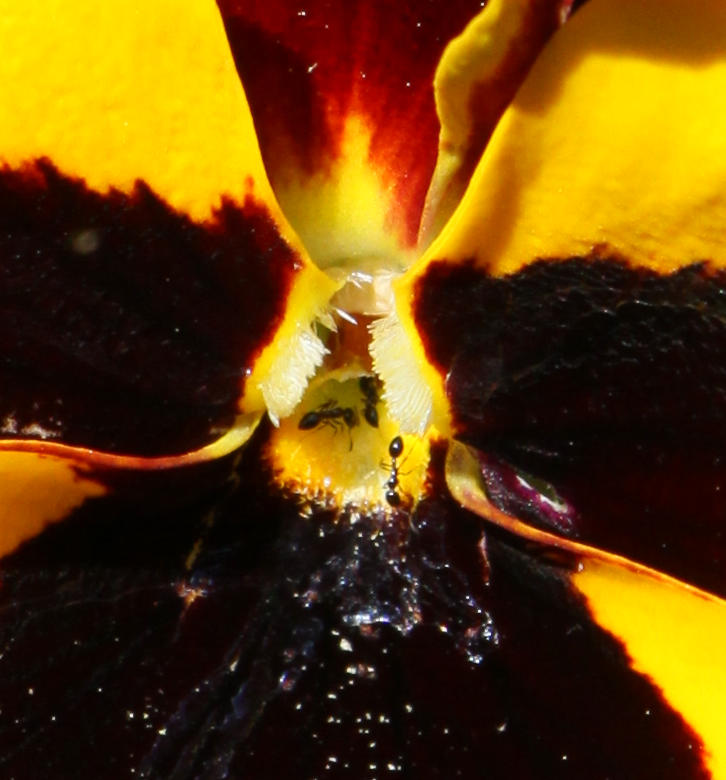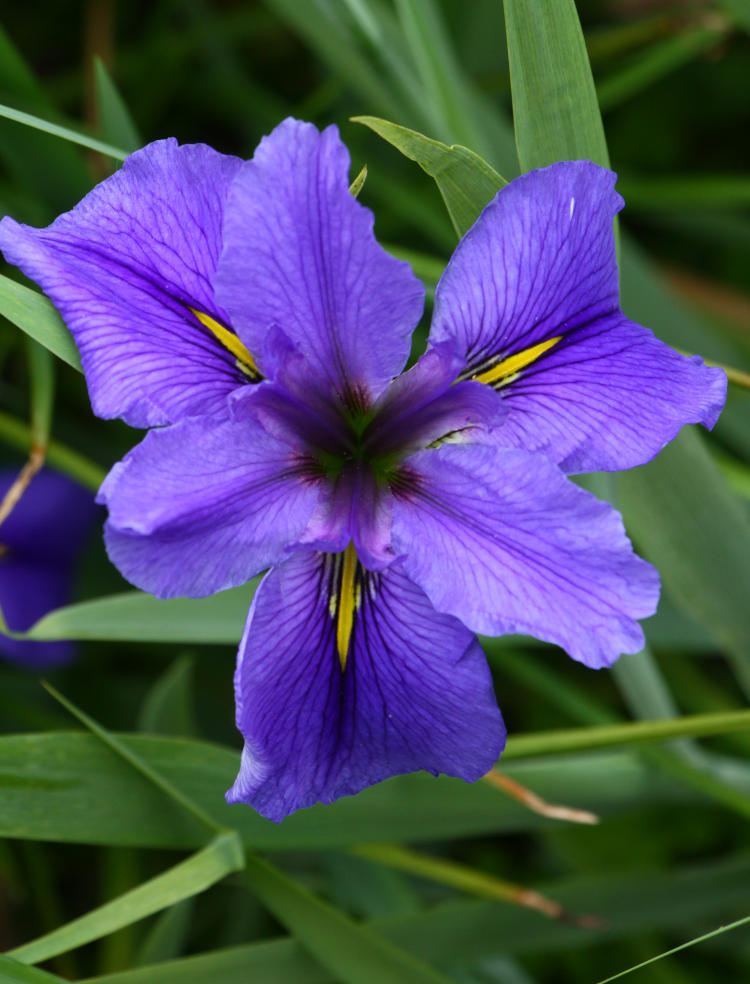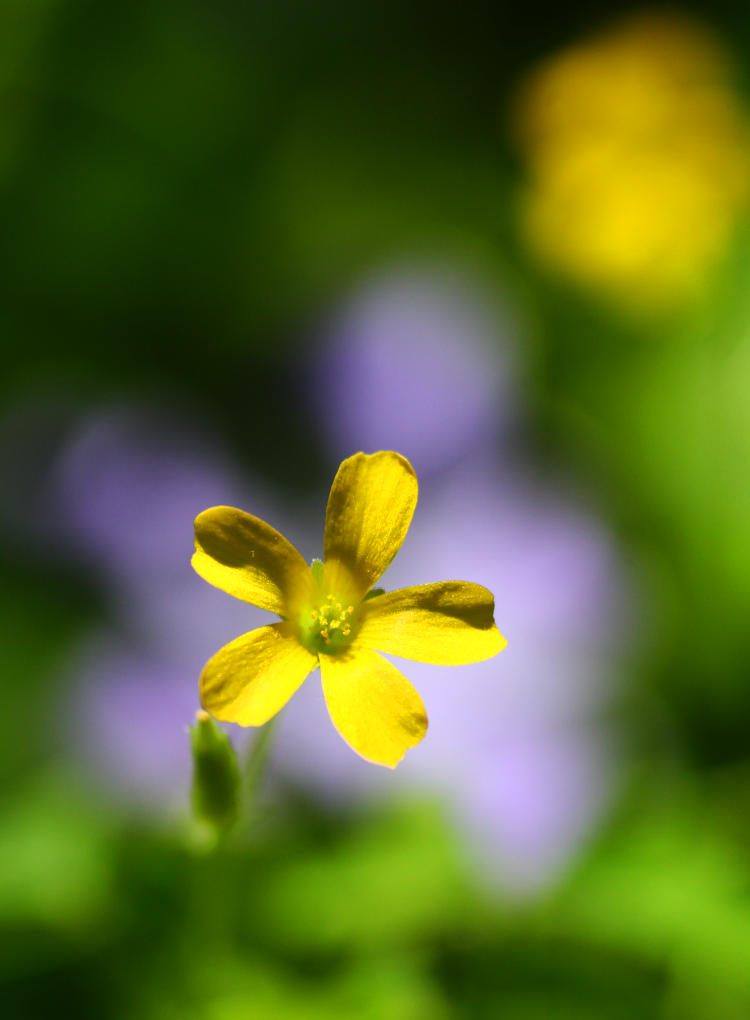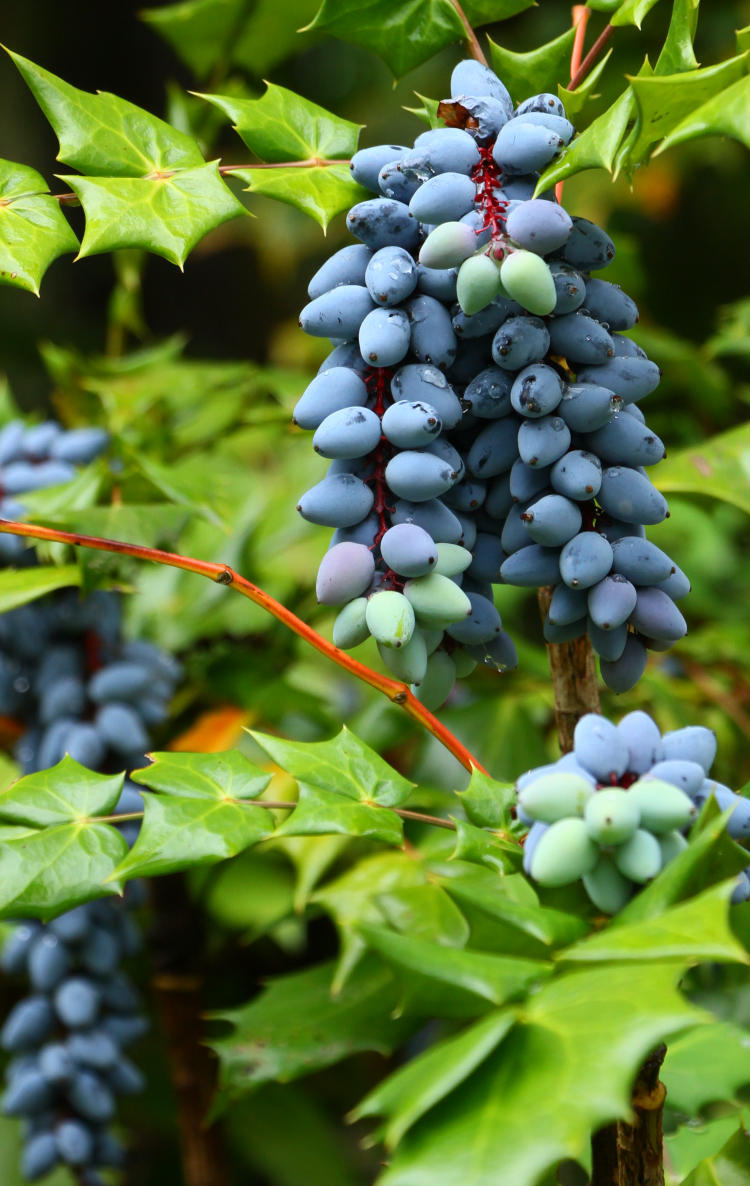We’ve done Friday color before, two, no, three times, and a Friday night color, all several years back now so we’re due, right? Most of these came from a visit to the NC Botanical Garden, wow, over a week ago, and a couple are even older, yet I’m finally getting around to uploading them now – Slackass, thy name is Al. But one is from yesterday, so I’ll just say they were waiting for a complete set…
We’ll start with some local ones.

This was one of The Girlfriend’s pansies (Viola × wittrockiana) in the front planter – no great shakes here, the damaged petals weren’t working for me, and I was about to discard the frames during sorting when I noticed some tiny details.

I had no idea they were even there when I took the photo, finding them only at high magnification, so instead of discarding, the images went into the Arthropods folder (actually, Arthropods 7, since I limit the folders to about 4,000 images to make indexing and searching a little easier – tells you how many insect images I have.)

All growing close together nicely, the red ones are columbine (Aquilegia canadensis,) the blue ones are hairy-stem spiderwort (Tradescantia hirsuticaulis,) and the yellow are smooth meadow parsnip (Thaspium trifoliatum.) I say these with the utter confidence that no one cares, or is even reading, but at least I’ve photographed such species there before so they seem like reasonable identifications. Though, you know, if you’re in some high-stakes trivia game or a life-or-death challenge involving dangling scythe blades that demands a precise identification, well, sorry…

The blue one in the front is, I believe, a dwarf violet iris (Iris verna,) mostly because the yellow bits aren’t raised, while the red lobes in the back remain unidentified. The NC Botanical Garden features all native plants, but the NC Wildflower Database doesn’t show anything even remotely like this – it remains possible that, in bloom, they’re a different color. But anyway, the two colors contrasted nicely. We’ll need a closer look at one of the irises, though.

Call it whatever color name you like, it’s a lot of it. The day was hazy to the point of being overcast, softening the light and contrast enough to make all those little details stand out well, without bleaching or overdark shadows. Don’t do colorful or nuanced subjects in bright light.
To contrast that, we have one from Walkabout Estates.

The yellow one is likely pineweed (Hypericum gentianoides,) quite small and sparse, but it lined up nicely with the bigleaf periwinkle (Vinca major) in the background – or at least it did with a bit of maneuvering. The light was bright and direct, though, and you can see how it affected the colors and reduced nearly all of the subtleties – what remains comes simply from the sunlight hitting at a very oblique angle. The periwinkle in the background, by the way, I’ve probably identified as five or six different species over the years, but this one seems closest (so far.) Again, dangling scythes…
One last.

I’ve shown this before, since it sits near the end of our road, but this is an Oregon grape holly (Mahonia aquifolium,) which blooms very early in the year and comes to fruit at this time. I’ve never attempted to try one, and the deer seem to avoid it, so I imagine it isn’t tasty, but it looks cool, especially with a few residual raindrops.
I have critters, too, that will be along shortly, plus an outing later on today that may net some more stuff. ‘Tis spring!



















































